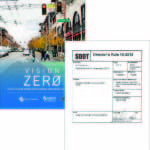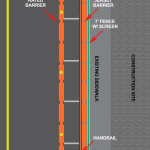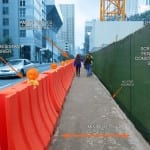Right-of-Way Permit Rates Changing
SDOT Street Use right-of-way permit rates are changing—rewarding well-prepared applicants and moving to project/service-based permitting. In the midst of Seattle’s development surge, right-of-way permit rates have remained the same for 5 years. This has led to deferred service enhancements and backlogs as Street Use Permit Services now reviews and inspects… [ Keep reading ]









